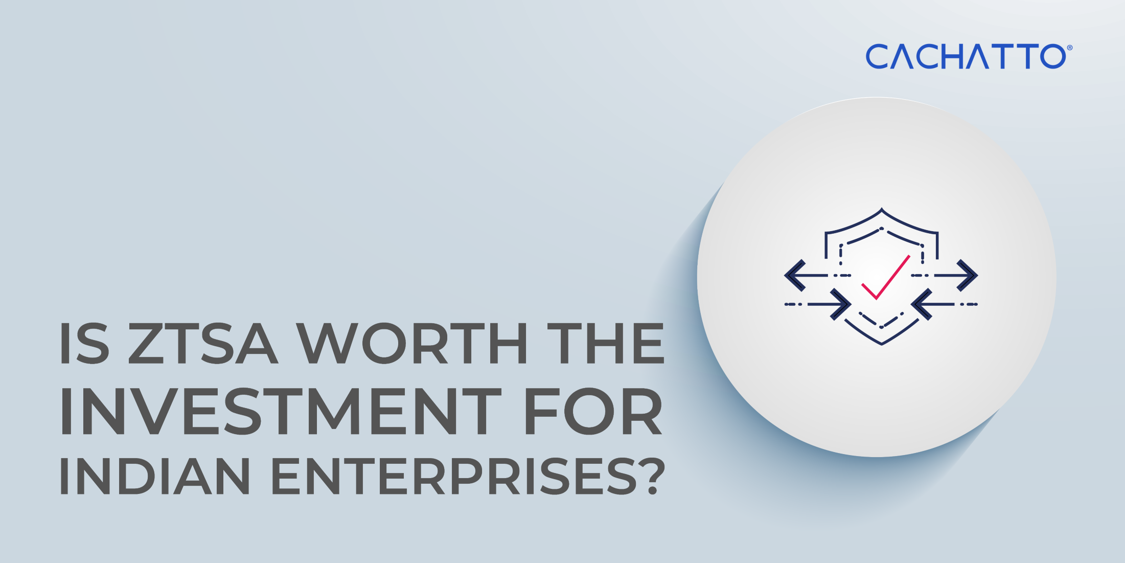For IT decision-makers of Indian enterprises, the challenge is immense and ever-changing, especially as we are at the onset of a new year. Identifying the right technology for their organization in the ocean of new technologies can be daunting. What, when, and why to choose a technology in today’s digital ecosystem is often debatable.
Most of us have been introduced to Zero Trust Secure Access (ZTSA), after all, it has been the most talked about technology in 2023. But the question arises – is it worth the spend? Let’s dive into this article and make a judgment on the real value of Zero Trust Security in today’s digital India.
Core Principles
The Zero Trust model is built on three foundational pillars:
- Verify Explicitly: Every access request is thoroughly verified before granting access.
- Use Least Privilege Access: Users are given just enough access to perform their job.
- Assume Breach: Operate under the assumption that threats exist both outside and inside the network.
Why Zero Trust for Indian Enterprises?
- Evolving Cyber Threat Landscape: With digital transactions soaring in India, cyber threats have become more sophisticated. The Reserve Bank of India reported a staggering increase in cyber fraud in recent years. Zero Trust offers a robust framework to counteract these threats.
- Compliance and Regulatory Requirements: For financial institutions, adherence to regulatory mandates like the Reserve Bank of India’s cybersecurity framework is crucial. Zero Trust aligns well with these requirements, ensuring a higher compliance posture.
- Data Sovereignty Concerns: With India’s push for data localization, protecting sensitive data within geographical boundaries becomes paramount. Zero Trust ensures that access to critical data is tightly controlled and monitored.
The Cost-Benefit Analysis
- Initial Investment: Implementing Zero Trust Secure Access does require an upfront investment. This includes the costs of new technologies, training, and potentially revamping the existing network architecture.
- Long-Term Savings: However, the long-term benefits of Zero Trust can outweigh the initial costs. Reduced data breach incidents mean lower financial losses and reputational damage. Moreover, streamlined access management can lead to improved operational efficiency.
- Customization to Indian Context: The flexibility of Zero Trust allows it to be tailored to the specific needs of Indian enterprises. This means IT decision-makers can implement it aligning spending with organizational priorities.
- Technology Integration: For a successful Zero Trust model, integrating technologies like multi-factor authentication, SSO, micro-segmentation, and endpoint security is vital. Leveraging AI and machine learning for behavior analysis can further bolster security.
Balancing Security and Investment
The decision to invest in Zero Trust Secure Access must balance the immediate financial costs against the long-term benefits of robust cybersecurity. In our world where cyber threats are increasingly sophisticated, and the cost of a data breach can be catastrophic, Zero Trust presents not just a security model, but a strategic business decision. Embracing this model can propel Indian enterprises and towards a more secure and resilient digital future.
For more information email marketing@cachatto.com





